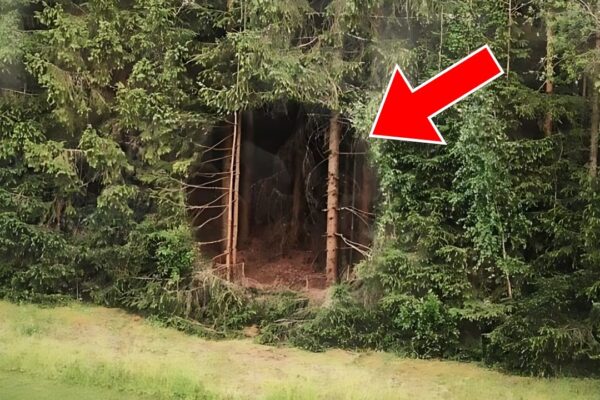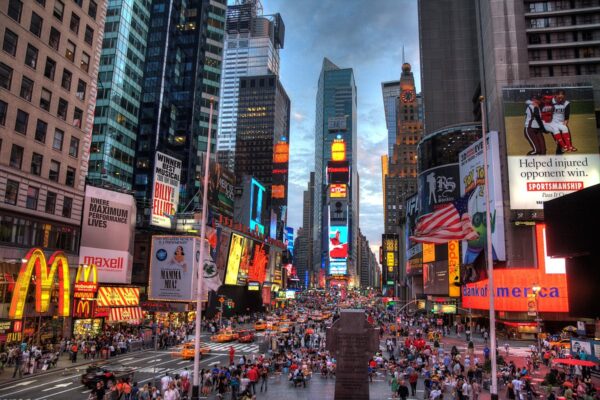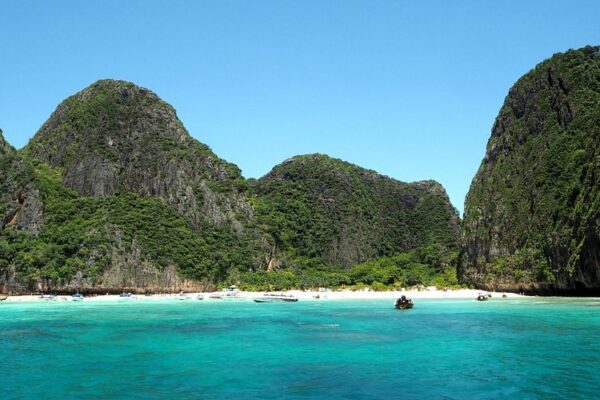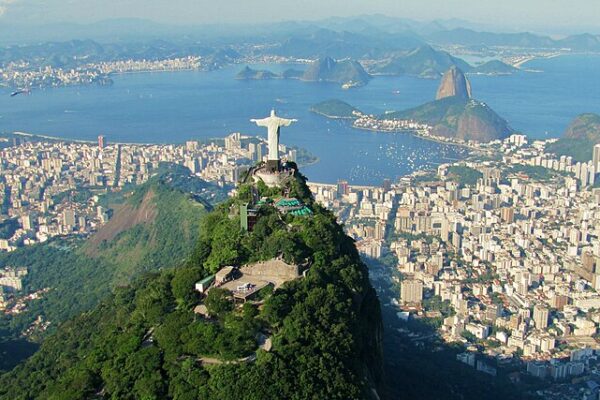While most travelers eagerly seek out popular tourist attractions, some places have gained a reputation for being underwhelming, overcrowded, overpriced, or even dangerous. Whether it’s due to unrealistic expectations or environmental harm caused by tourism, there are several destinations that seasoned travelers often recommend skipping altogether. Here’s a look at some of the most commonly mentioned attractions people suggest avoiding.
1. Hollywood Walk of Fame – Los Angeles, USA
Hollywood is often portrayed as glamorous and exciting, but many visitors to the famous Walk of Fame leave disappointed. The stretch of sidewalk featuring celebrity stars is usually crowded, dirty, and lined with aggressive street performers looking to make a quick buck. Many visitors find the area lacks charm and is surrounded by overpriced souvenir shops and tourist traps. Travelers often advise exploring other parts of Los Angeles instead, like Griffith Observatory, Santa Monica, or the vibrant food and art scenes in neighborhoods like Silver Lake.
2. Stonehenge – England
Stonehenge, one of the world’s most iconic prehistoric monuments, draws over a million visitors annually. However, some travelers feel the experience doesn’t meet the hype. Access is restricted, meaning you can’t get close to the stones, and the site is often crowded with tourists jostling for photos. Combined with a high entrance fee and limited interpretive displays, Stonehenge leaves some visitors feeling underwhelmed. Many recommend visiting less touristy historic sites across the UK, such as Avebury or the ancient sites of Cornwall.
3. The Mona Lisa – Paris, France
The Louvre is a must-see for art lovers, but many who go specifically to see Leonardo da Vinci’s “Mona Lisa” leave disappointed. The painting is surprisingly small, and the room is perpetually jammed with tourists holding smartphones and cameras. Rather than an intimate artistic experience, it often feels like a chaotic rush. Visitors frequently recommend exploring the museum’s vast collection beyond the famous painting or visiting smaller, quieter art museums like Musée d’Orsay or the Rodin Museum.
4. Mount Everest Base Camp – Nepal
Reaching Mount Everest Base Camp might sound like an adventurous dream, but it’s become a cautionary tale of over-tourism and environmental degradation in recent years. The trails are overcrowded during peak seasons, and trash and pollution have become severe problems. Additionally, the trek can be dangerous for inexperienced hikers. Many outdoor enthusiasts suggest exploring less crowded trekking routes in Nepal or the Himalayas, which offer stunning scenery without the overwhelming tourist footprint.
5. Venice – Italy (in Peak Season)
Venice is undeniably beautiful, but it can feel almost unbearable during peak tourist months. The narrow streets become gridlocked with tour groups, prices skyrocket, and the city struggles under the weight of mass tourism. Environmental concerns about the damage to the fragile lagoon have led some locals to discourage visitors during the summer months. Those seeking a more authentic Italian experience might prefer smaller canal towns like Treviso or the charming islands of Burano and Murano.
Final Thoughts
Avoiding overhyped tourist traps doesn’t mean skipping travel altogether — it just means being a more thoughtful traveler. By seeking out lesser-known sites and respecting local cultures and environments, you can have a richer and more rewarding travel experience. Sometimes, the best travel memories come from places not listed in the guidebooks.
Have you visited any of these places? Would you still recommend them, or do you have your tourist traps to warn others about?






